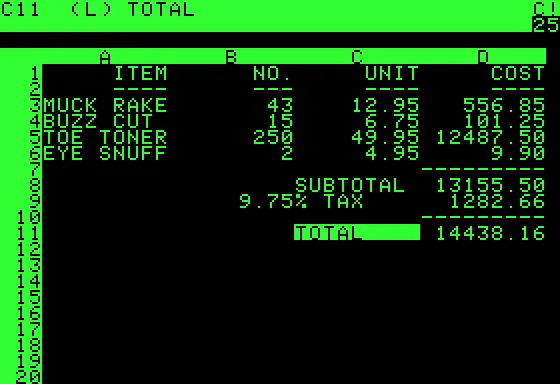An obsolete one technology and another which survives to this day (Week 2)
An obsolete one technology and another which survives to this day
Incandescent light bulb
:max_bytes(150000):strip_icc():format(webp)/light-bulb-on-wooden-table-654712199-fd4bca6e16f44b6bbd647e9dab7d816a.jpg) |
| Photo 1: Incandescent light bulb [1] |
Incandescent lamps are an artificial light source in which light is emitted by an incandescent body located in the bulb. Warming up due to electrical resistance, it emits light and heat, which leads to a rather irrational energy consumption. In this regard, lamps of this type were replaced by more efficient and economical lamps such as fluorescent lamps, cold cathode lamps, high-intensity discharge lamp, LEDs. [1]
Incandescent light bulb consists of a base and a glass flask. Inside it is a thin tungsten spiral. She is an electrical conductor. With the passage of electricity, the spiral heats up, which is accompanied by an intense release of light. The design uses a tungsten spiral, since this material has a high temperature resistance. Any other metal would simply burn out from the heat. [2]
However, an incandescent lamp is a measuring standard. Often on the packaging of LED and other modern types of light bulbs you can find a comparison with incandescent devices. For example, such information is often written "LED lamp 7 W is equal in terms of luminous efficiency to an incandescent bulb 55 W".
Spreadsheet (Excel)
As we all know, spreadsheets (spreadsheet processors) are general-purpose application software designed to process various data presented in tabular form. But not all of us know that the first spreadsheet, which was the prototype of the Excel program, appeared in 1979 thanks to Harvard student Dan Bricklin. [4]
 |
| Photo 2: First spreadsheet, VisiCalc program [3] |
The spreadsheet was called VisiCalc and immediately gained popularity. Its first version was intended for Apple computers and, by the way, Apple owes a significant jump in sales to the appearance of VisiCalc. A version of Excel that is more familiar to Windows users was introduced in 1987 by Microsoft. The program had an improved interface and a wide range of functions. [3]
The benefits of using spreadsheets are many, for example:
- Instead of doing the math verbally or using a calculator, Excel does it for you with ease.
- You can sort and filter data by any parameters;
- You will be able to make charts and graphs and use them in presentations;
- Excel can identify the high and low, as well as calculate the average of even a very large range of numbers
- And much more [4]
To sum up, people all over the world still use spreadsheets to process a variety of tabular data and they are constantly being improved (adding new features, changing and simplifying the design and interactions with the program), but the purpose of creating a spreadsheet has not changed yet.
Comments
Post a Comment